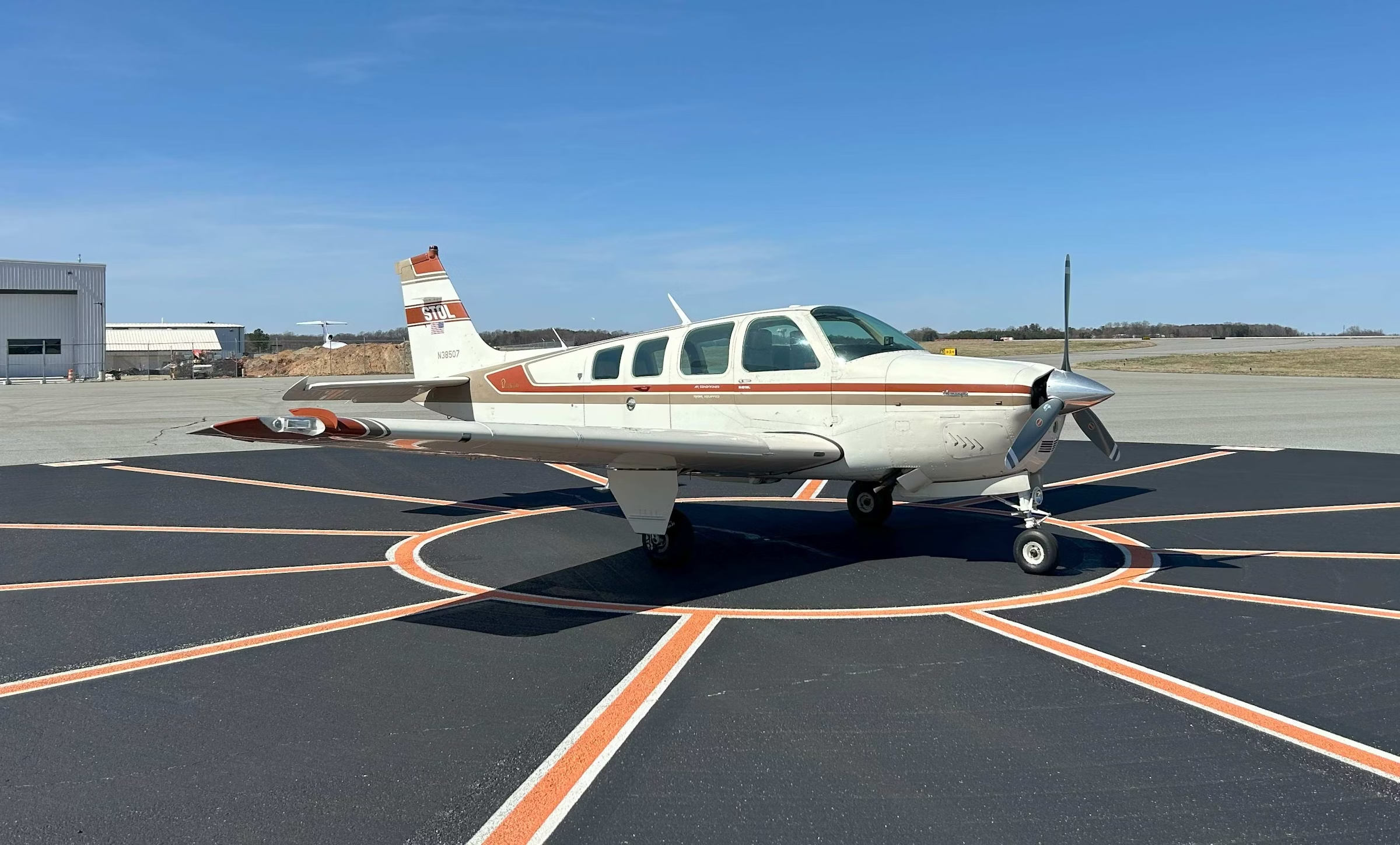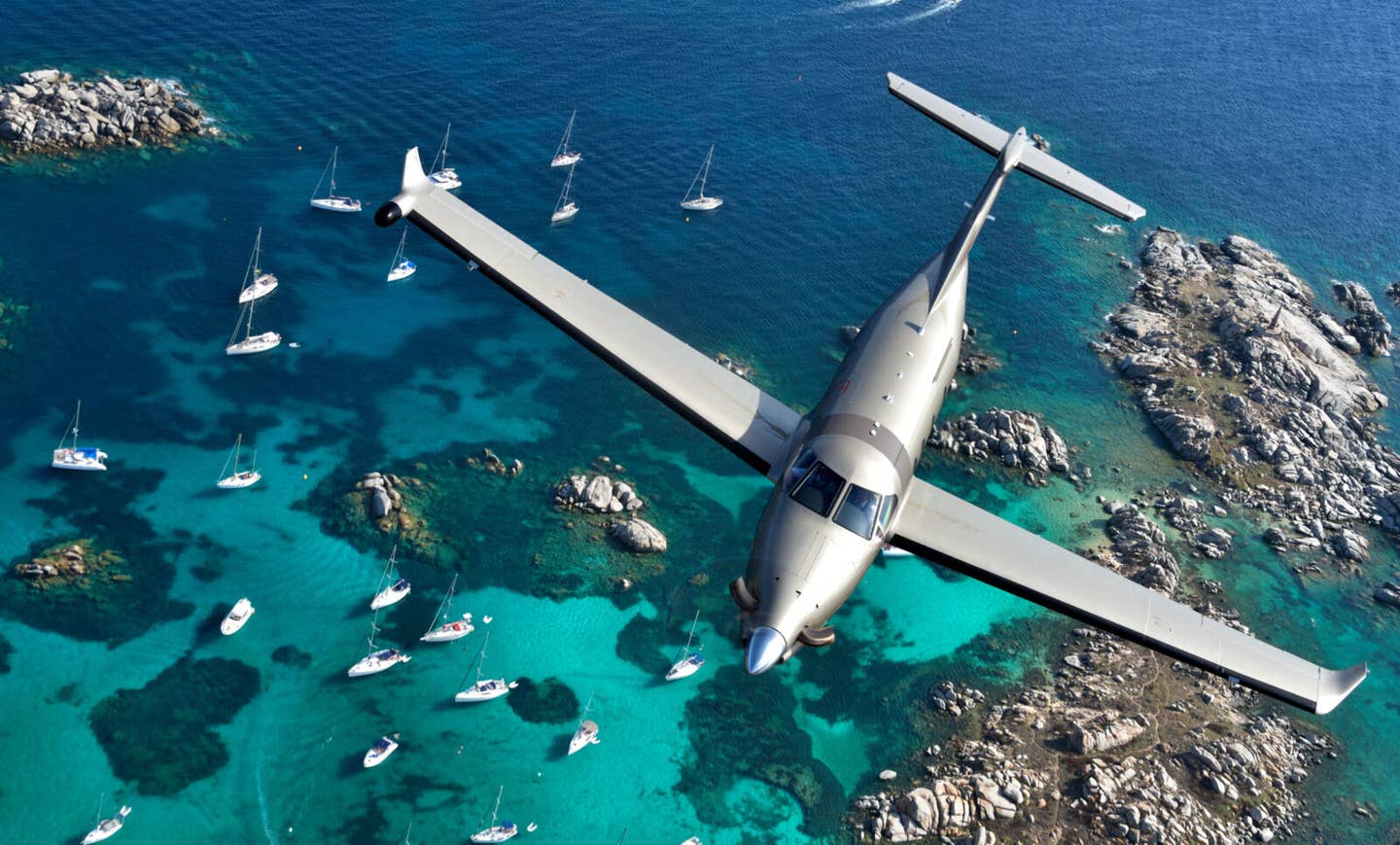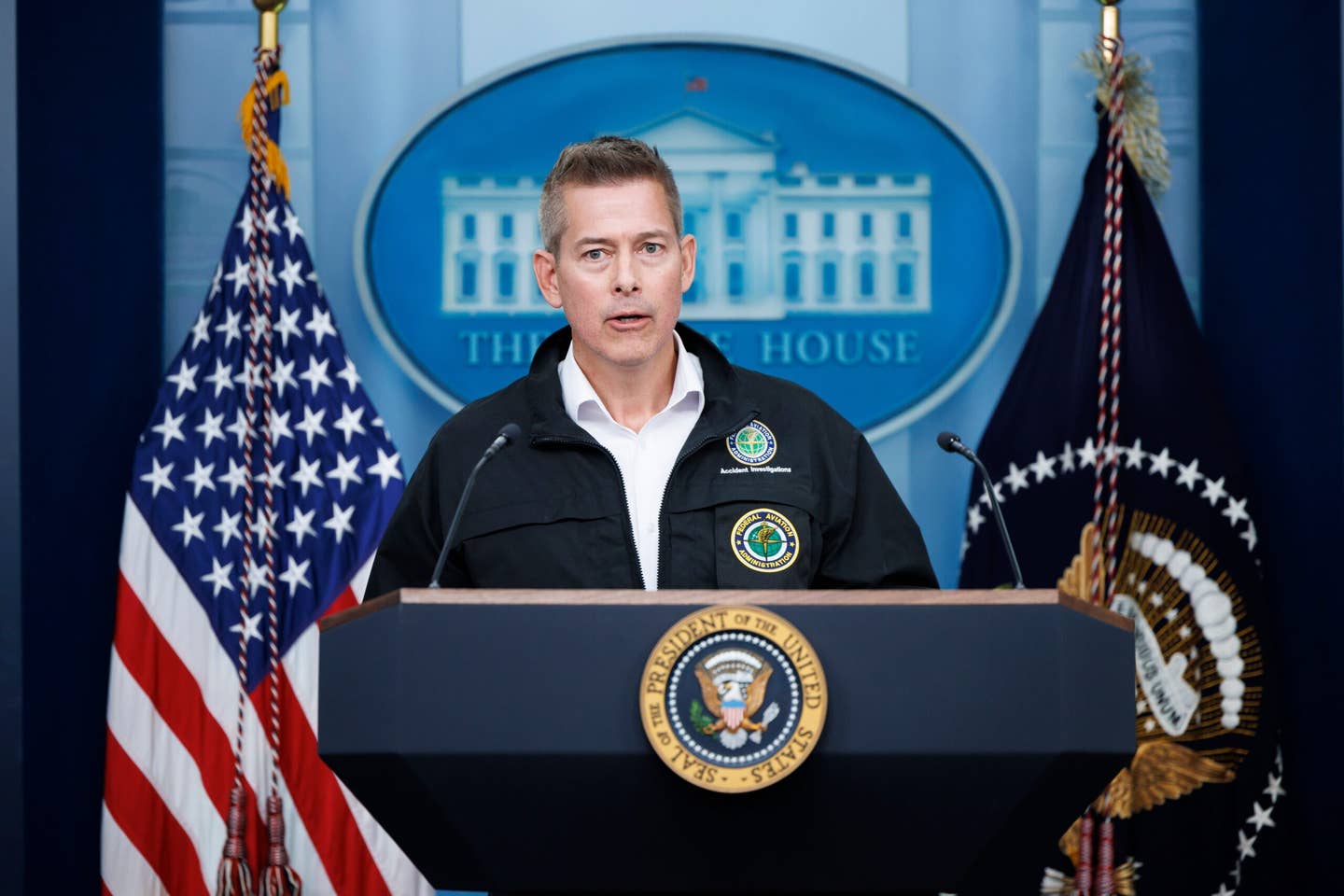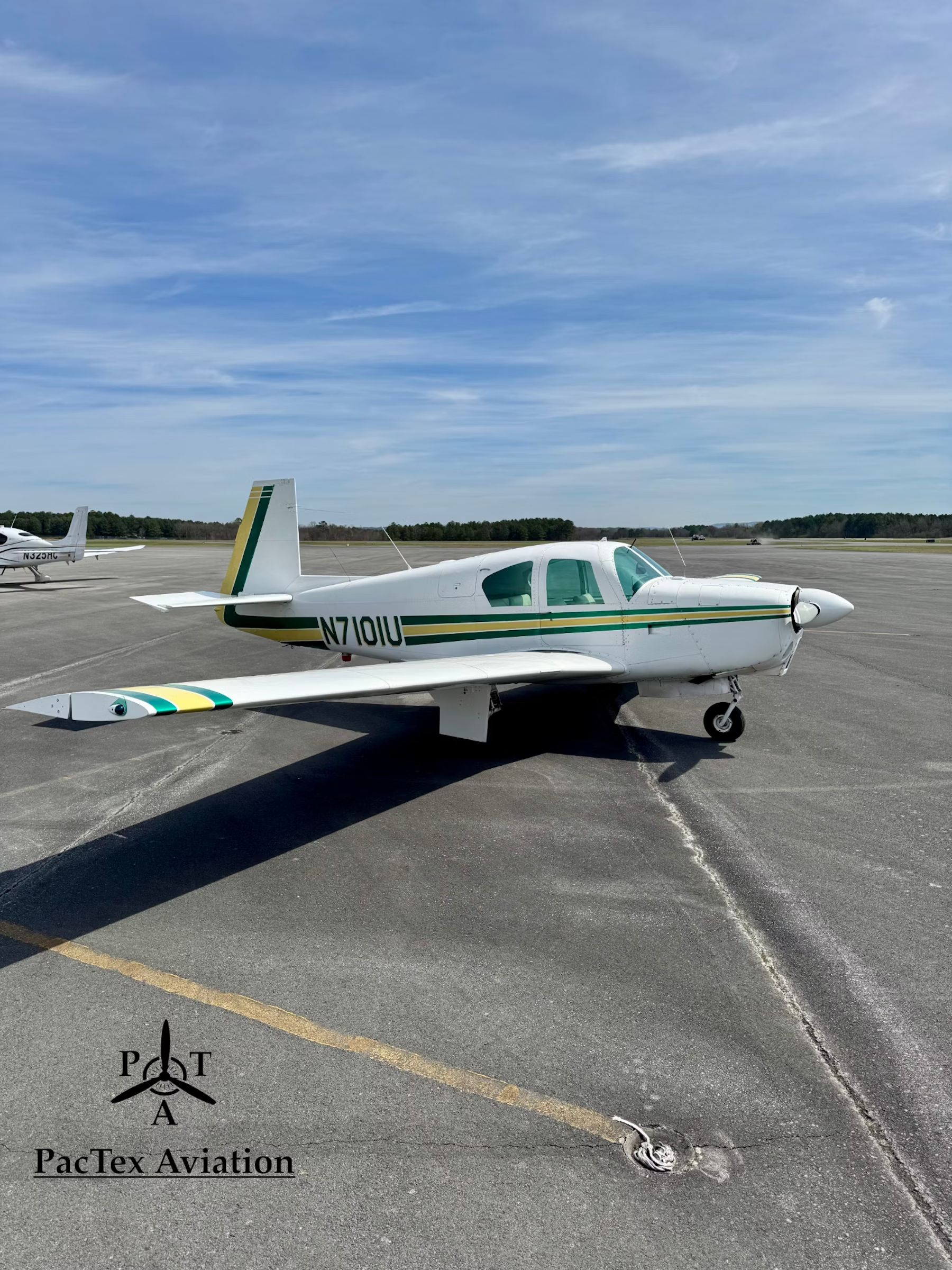GAMA Has Questions for the FAA About eVTOL Certification
Now that the FAA is changing the path for electric air taxi certification, manufacturers, industry veterans, and a former FAA official weigh in.
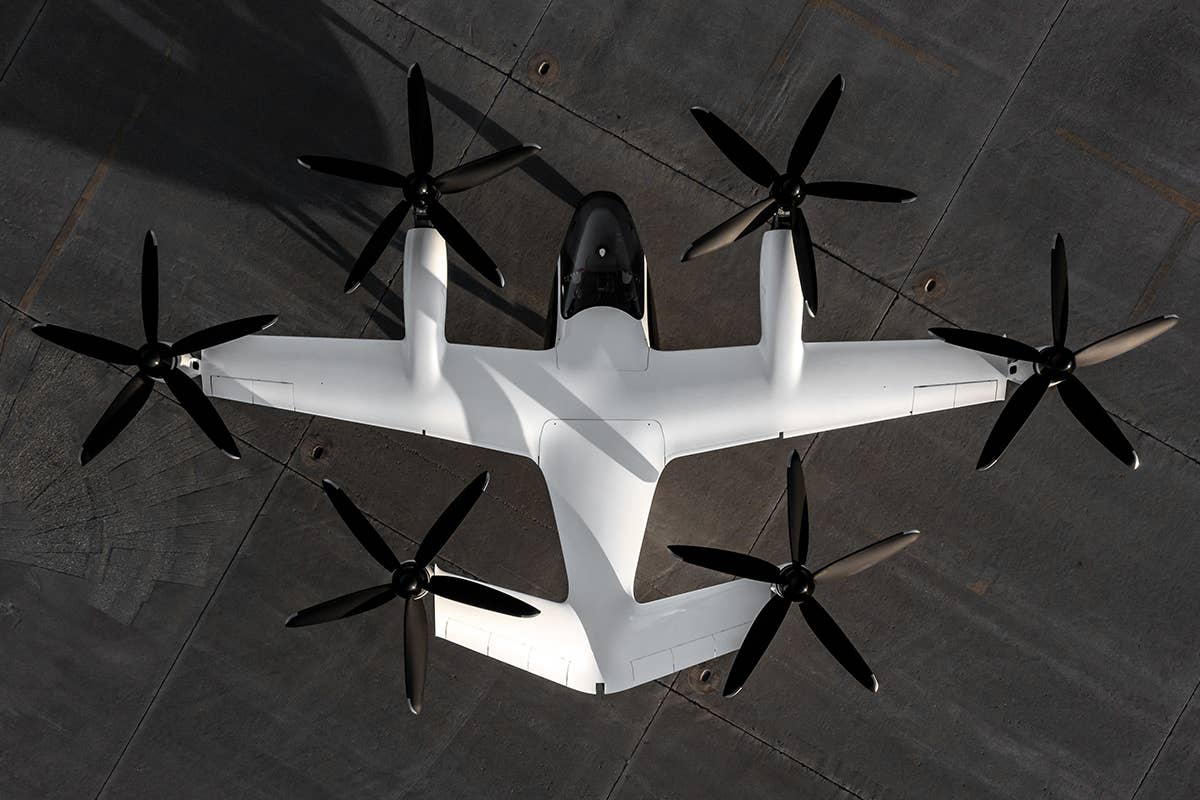
Joby Aviation says certification of its tilt-rotor electric air taxi, currently under development, will not be affected by the FAA changes. [Courtesy: Joby Aviation]
It’s been six weeks since the FAA acknowledged it was changing a previously agreed on path to certificating electric vertical takeoff and landing (eVTOL) aircraft. Now comes the hard part for developers of these new battery-enabled hovering passenger and cargo air taxis: Figuring out specifically what the changes mean and how to move forward.
The nascent eVTOL industry is backed by high-profile companies—including Boeing, Toyota, United Airlines, and Uber. Industry leaders, such as Joby Aviation, Archer Aviation, and Beta Technologies, have been progressing toward FAA certification after test flying full-sized prototypes for years, some of them planning to enter service as soon as 2024.
Suddenly, on May 9, five years after advising a path to certification under FAR Part 21.17(a), the FAA said it would be changing plans and type certificating these aircraft in the short-term under its “special class” process for powered lift aircraft in FAR 21.17(b). They would continue using performance-based airworthiness standards included in Part 23 covering the regulations for certificating airplanes weighing 19,000 pounds or less. Longer term, the FAA said it plans to continue to develop powered-lift regulations “to enable innovation with regard to powered-lift operations and pilot training.”
The FAA will be defining these new eVTOL aircraft as a special class, requiring a separate type certification class basis for each design.
Manufacturers accused the FAA of making the change with little transparency, advance coordination, or opportunities for industry input. “We weren't happy that we switched course,” General Aviation Manufacturing Association (GAMA) president and CEO Peter Bunce told FLYING. “But it is what it is. They're the regulator. They made a decision, and now we need to live with it and make the best of it and move on.”
Earlier this month, aircraft manufacturers met with FAA officials and asked some hard questions. Two days of meetings resulted in both sides sharing information and ideas about the new approach to certificating this entirely new form of air transportation: low-noise, zero-emission air taxis or cargo aircraft that can take off or land without runways.
During the meetings, discussions surrounded issues such as:
- Will the shift affect OEM deadlines, which could delay production, entering of service, and ultimately, customer revenue?
- How will the change affect international bilateral verification with aviation regulatory agencies outside the U.S.?
- What certificating guidance from the FAA’s 2017 amendment of Part 23 could be applied to new powered-lift regulations?
- What effect will it have on certificating pilots to fly these new kinds of aircraft?
What the FAA Wants
“What the FAA is asking us to do is to give them a real deep-dive analysis of the things that we thought we were building toward on the previous route we were following,” Bunce said. The change has re-opened basic issues that manufacturers thought had already been decided under the previous path. “How will we validate these aircraft, once we certify them under special conditions?” Bunce asked. “How does that dovetail with other national regulatory aviation authorities?”
Most important to Bunce is preserving the performance-based aspects of Part 21.17(a). “We're hoping to preserve all of that—-the spirit of performance-based rule making, as we follow this new pathway of 21.17 (b), which is the special conditions pathway.”
Whatever new procedures are eventually put into place, Bunce said, should “allow us to move forward and meet the time schedules that have been committed to as far as certification, production, and then getting the vehicles flying in the airspace and operating.”
The FAA has told leading eVTOL developers the work they’ve already done toward certification will remain valid. That was good news for the handful of developers who have already received approvals for all or parts of their G-1 certification basis with the FAA, which sets specific airworthiness standards and environmental standards required for type certification.
“Yes, we've got some very strong indications that work won’t be lost for the applicants that were at that part of the process,” Bunce said. “Now, for other applicants that are working along a pathway, depending on how far along they were, you necessarily may not have reached a point where everything would transfer over because they weren't that far into the process.”
Acknowledging this previous work will be part of the FAA’s continued coordination with applicants to ensure they’re on the right path to certificating their aircraft. From the FAA’s point of view, timeliness will be taken into account, but not at the expense of safety. “We do not expect this adjustment to our approach will add delay to completing type certification process and receiving operational approval,” the FAA said in a May 9 statement to FLYING.
The To-Do List Just Got Longer
First reported by The Air Current, the FAA’s decision was not formally announced. Instead, it was shared privately among industry leaders, and with journalists who asked directly about it.
Longtime eVTOL pioneer Mark Moore—former NASA advanced aircraft engineer, and director of engineering at Uber Elevate before it was bought by Joby Aviation—published an open letter on LinkedIn this month, calling it “the most important document I’ve written since the Uber Elevate white paper that launched urban air mobility.”
Moore—now CEO at Whisper Aero, a company developing electric aircraft propulsor technology—disagrees with the FAA’s changes and worries that they will create additional burdens.
“The worst case scenario is now—with a 21.17(b) certification. Instead of trying to get a consistent set of standards that could apply to the majority of the vehicles, this really sets up for almost every eVTOL to come in with their own certification basis, special conditions, and means of compliance. That’s just going to definitely increase the workload.”
That opinion is shared by Earl Lawrence, former executive director at FAA’s aircraft certification division. “The list of things that have to have a final determination before you can move forward as an applicant just got longer, instead of shorter,” Lawrence told FLYING.
“What we owe the public is a clear path to compliance,” Lawrence said. “And I don't think that has changed in any way, but the concern now is the agency has to publish additional guidance and rules and that includes additional public comment processes that must be done before they can define that clear path.”
“Time will tell exactly what the full impact is,” said Lawrence, who now serves as chief compliance and quality officer at Xwing. “I hate predicting agency timelines. It all depends on on how much administration support there is.”
The First Certificated Aircraft
We’re living in a time of rapid change in aviation, as developers tout the potential for electric aircraft to disrupt an industry that goes back more than a century. According to industry analysts, more than 200 companies around the world have plans to develop eVTOL aircraft. Some have called this the “Third Era of Aviation,” after the Jet Age and the first generation of propeller-driven, fixed-wing aircraft. Throughout aviation history, much has changed about the way federal regulators have certificated aircraft.
In fact, the approval of history’s first federal aircraft type certificate took a mere 58 days.
On January 31, 1927, the Buhl Aircraft Company applied to the Department of Commerce Aeronautics Branch, which oversaw U.S. aviation at the time, seeking to certificate its Buhl Airster CA-3 single-engine biplane. On March 29 of that year, the certificate was issued.
If It Ain’t Broke…
As the old saying goes, if it ain’t broke, don’t fix it. “I don’t know of any eVTOL developer or FAA certification that has been indicating that this prior approach isn’t working,” Moore said in his open letter. “The thing that's so disturbing to me at this late stage when you have companies who expect you to have certified products—like Joby in a year— to get at this late stage changed from (a) to (b), in my mind, it’s really quite disruptive.”
The FAA now believes that defining these new aircraft under 21.17(a) is not the best approach in the long term—largely because the sector is subject to rapid technological developments. The agency is shifting away from a policy by exception.
Using 21.17(b) as a special class, powered lift will require pilots to be certified for each new aircraft design, revealing that the FAA now wants to acknowledge that there needs to be a type rating path for each aircraft and a set of pilot standards that are unique to powered lift.
“These regulations did not anticipate the need to train pilots to operate powered-lift, which take off in helicopter mode, transition into airplane mode for flying, and then transition back to helicopter mode for landing,” the FAA said in the May 9 statement released to FLYING.
“I’m not a cert expert,” Moore said. “But I think I know enough to be identifying some flags where the FAA has not answered some pretty critical questions.”
Moore pointed out that the FAA used the phrase “helicopter mode, transition into airplane mode for flying.” To Moore, this suggests an unfamiliarity with eVTOL technology. “Many eVTOL are being designed to include unified flight controls, a scheme that has over 30 years of heritage through the [Lockheed Martin] F-35B [Lightning II] program,” Moore said.
“The pilot certificates are what the FAA is saying is forcing them to change how the aircraft certification is being done,” Moore said. “I don't agree with this. Especially when you look at how drastically different the piloting certificate is across powered lift aircraft—just between the [Bell Boeing] V-22 [Osprey] and the F-35B. It's completely different—they are completely different control inceptors that require completely different training. The last thing you want to do is be lumping them all in together and using that for the aircraft cert basis—which is independent.”
Moore, who has spent time in Joby Aviation’s eVTOL simulator, said in his opinion, Joby’s tilt-rotor prototype “is the easiest aircraft to fly. It's easier than a fixed-wing aircraft. So there's just no basis for lumping in Joby and other eVTOL [aircraft] as a power lift pilot's certificate. It doesn't make sense.”
Bilateral Certification Verification
California-based Joby Aviation, which declined to discuss the FAA changes with FLYING, has been flying full-sized prototypes of its tilt-rotor air taxi on more than 1,000 test flights since 2017. Last May, the company said it doesn’t expect the FAA changes to affect its timeline for production and entering service. By 2024, Joby intends to be operational with its piloted, battery-enabled four-passenger eVTOLs. The Uber-backed company plans to offer service in the U.S. with Uber’s already popular rideshare app.
Joby also has plans to fly eVTOLs in Japan and South Korea—which poses questions about how the FAA changes will affect bilateral aircraft verification between the U.S. and other countries.
“I’m really scared for the bilateral certification validations,” Moore said. “I've had great relationships across several different countries, and I think it really puts them in a tough fight. How do you certify a 21.17(b) special class vehicle in Japan? I have no idea. They have no special class mechanism to do bilateral certification validation.”
GAMA’s vice president of engineering and maintenance, Walter Desrosier, told FLYING: “We don't have a clear understanding of how these products will be accepted worldwide. Each of our bilaterals have terms in them, those terms apply to airplanes and rotorcraft. And when you have a special category, they're all basically treated special, meaning they're treated uniquely and differently.”
“That takes a conversation with each of the different authorities at the FAA—not only the ones they have bilaterals with,” Desrosier said. “We export U.S. airplanes all over the world. Most of those countries do not even have a bilateral with us, they just accept our designed and produced airplanes.”
Desroiser said the FAA has begun having those conversations with “many different authorities.”
“They shared with us some of their recent discussions, but we also highlighted that we have a very broad range of interests, because we're expecting to export products all over the world,” he said. The FAA needs to “bring back to us a better understanding of how that's going to be done in different countries.”
In Australia, that country’s Civil Aviation Safety Authority (CASA) is also overseeing an emerging air taxi market. A CASA spokesperson told FLYING that its regulation CASR Part 21 (airworthiness) “is very closely aligned with the FAR Part 21 and we have the same airworthiness regulatory provisions as the FAA for special class aircraft.”
CASA told FLYING it’s currently reviewing its airworthiness and operational policies to determine if it will follow the same approach as the FAA regarding “eVTOL special class aircraft.” Its review will be informed by further discussions with the FAA and other regulatory authorities, CASA said.
Lawrence, who was involved in bilateral certification verification at the FAA, said a lot of people talk about “harmonizing rules. It's not so much harmonizing rules as much as it is finding another country's system meets an acceptable level of safety so I can accept their system. Nobody has the resources to recertify everything."
The ‘Devil’s in the Details’
It’s important to keep in mind that no matter whether air taxi developers follow 21.17(a) or 21.17(b), the actual aircraft set and design approach will still be happening under FAR Part 23, which was intended to allow for maximum flexibility, while meeting safety requirements.
Changes to Part 23 that went into effect in 2017 were intentionally written to solidify a path by eVTOL developers toward certification. In fact, during a presentation last November—long before the FAA’s policy shift—Joby’s head of government affairs, Gregory Bowles, said: “We designed our aircraft to be certified as an airplane.…We have airplane-like pilot controls, and we've designed our aircraft to meet all the structural and performance requirements of an airplane…We don't need broad regulatory change. Our aircraft will fit into the existing aviation system. The work that was done solidified our path. And this will benefit the broader piece of aviation as well.…And beyond the U.S. market, our certification path allows us to utilize dozens of existing international agreements that have been established between countries over the years.”
GAMA’s Desrosier said existing elements of Part 23 should not be wasted. “We need to leverage the benefits of Part 23 Amendment 64. That was one of our questions [to the FAA] to get clarification and understanding of: Are those going to come forward and be used in a 21.17(b) certification basis? [The FAA] said that the intent is yes. But the devil’s in the details of how that’s going to work and what that process is.”
‘A Lot of Work to Do’
Bunce and Desrosier say they’re looking ahead toward nailing down details about the FAA’s long term powered-lift regulations and how they will affect aircraft developers as they move toward manufacturing. “There's a lot of work to do,” Bunce said. “The decision has been made. So we're moving on from that, and we're trying to work very cooperatively and collaboratively with the FAA so that it is a very transparent process and so that industry is allowed to, in a very coordinated manner, work with the FAA.”
“Let's have that coordination,” Desrosier said. “Let's have that discussion, and work together like we always do to find a reasonable and appropriate path forward to be successful.”
Bunce said GAMA is very encouraged by what the FAA has presented so far and FAA’s flight standards and the certification side of the house indicated to them “that this is a high priority within the agency.”
FAA officials indicated they had “top-down guidance” from acting FAA administrator Billy Nolen “that they are going to work this hard,” Bunce said.
Optimism and Lessons Learned
Despite Moore’s disagreement with the FAA’s changes, he remains optimistic. “I actually believe that we're now set up for the best-case scenario,” Moore said. “The best-case scenario is: now we're going to see in the very near term, the FAA signing off under special conditions—and even the means of compliance. That will be fantastic news for the entire industry to see one or two companies have that sign off. It's going to help everyone.”
As for the manufacturers, GAMA is looking at the situation from a safety perspective. “There's nobody that safety is more important to than the companies that are building these machines, because it's your economic livelihood to make sure that you survive,” Bunce said. While everyone pursues the safety goal, perhaps all sides have already gained a bit more insight about how regulators and manufacturers can collaborate moving forward.
“I’m hoping that the lessons learned on this one are that we can help each other by being very transparent and collaborative in our processes,” Bunce said.
“And that's what we intend to do now with this shift—do everything we can to have the FAA be successful in the way we're going to certify and get these aircraft in operations and be able to help the FAA get the rule done on time,” he said. “So we don't have any disruptions.”

Sign-up for newsletters & special offers!
Get the latest FLYING stories & special offers delivered directly to your inbox

